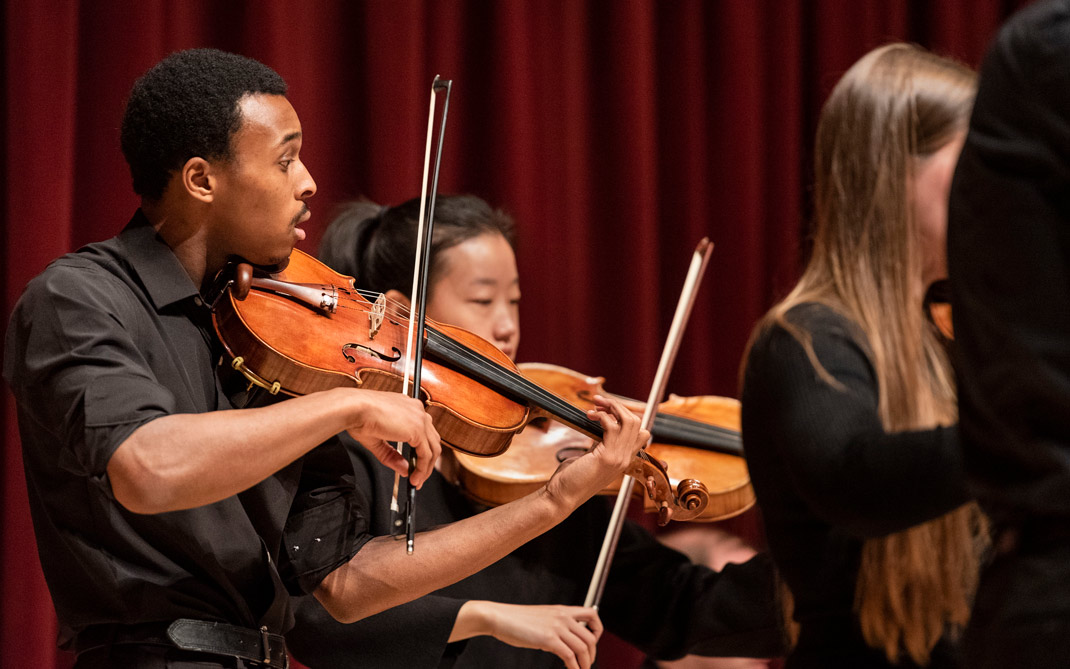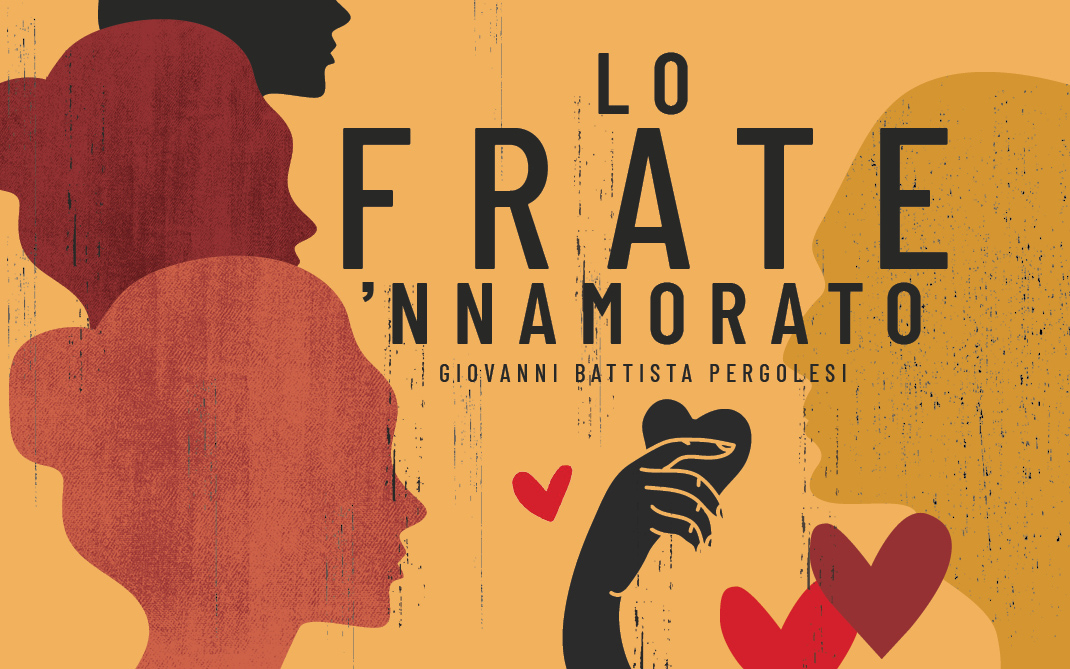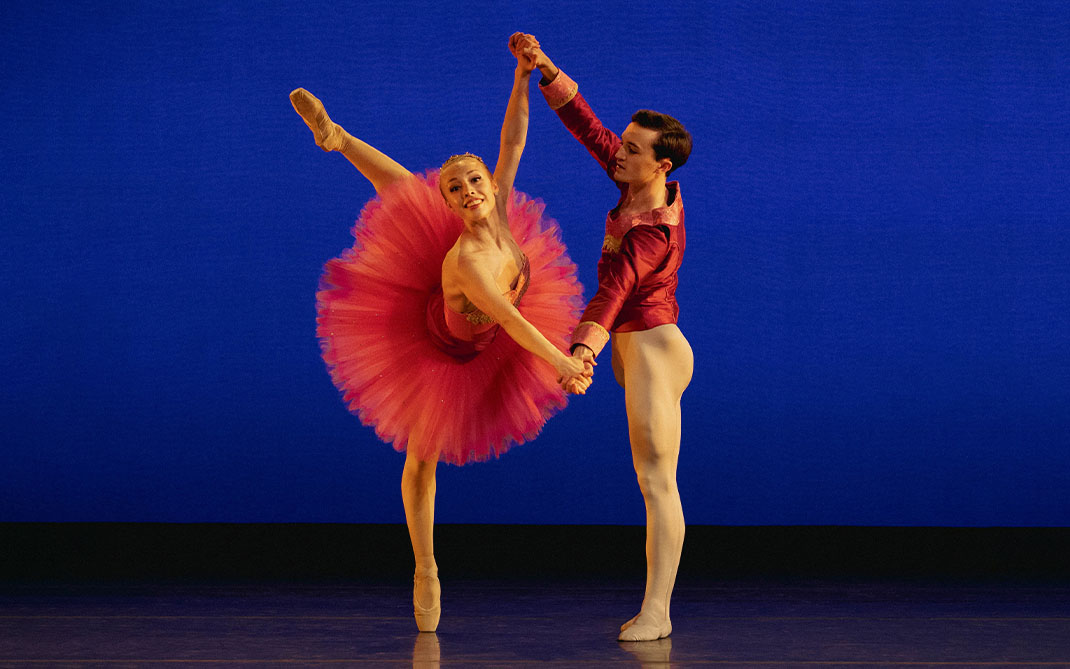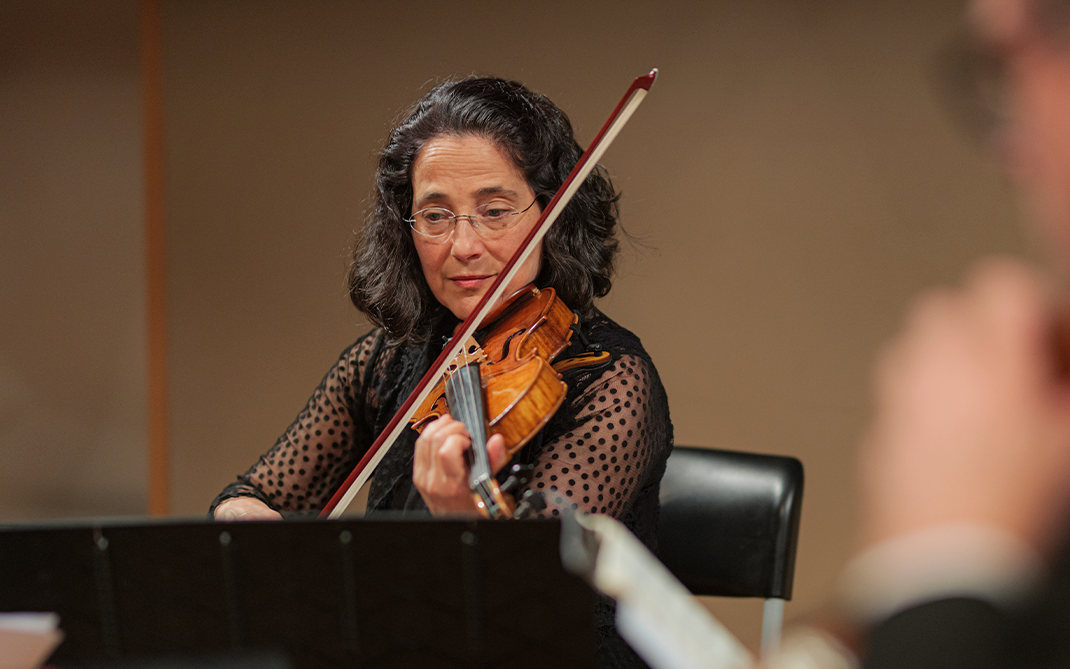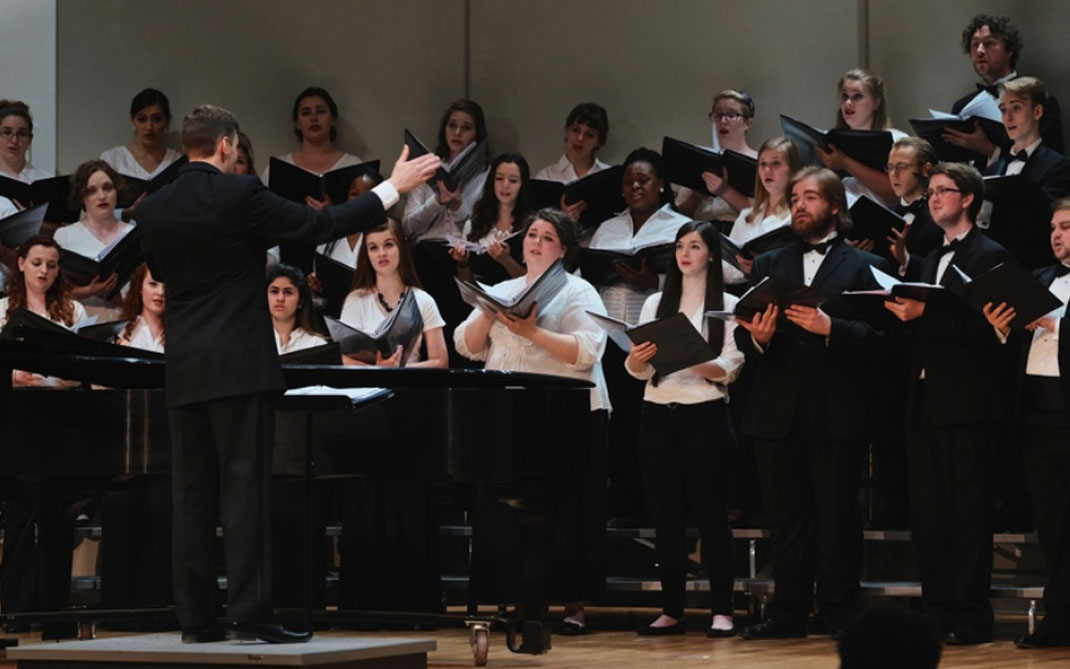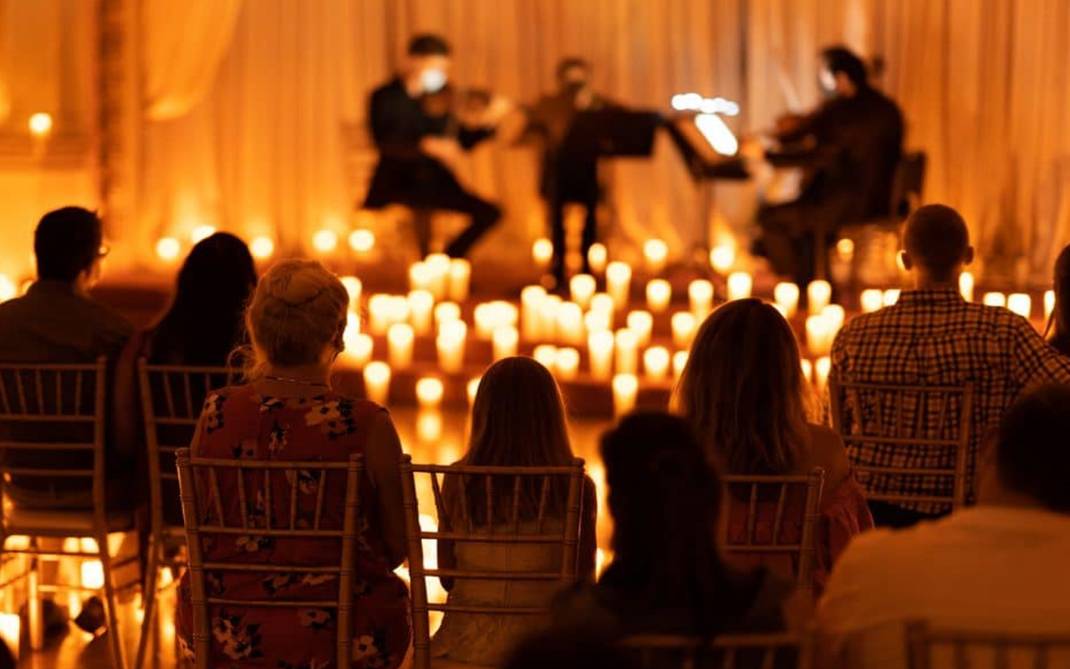We Create Here
Good morning everyone. Hopefully you’re all familiar by now with the unique hash tag we’ve been using on social media since the relaunch of our website: #wecreatehere. I love how it plainly expresses the prolific energy and vibrancy that permeates our campus. I’ve felt a sense of creative momentum more strongly than ever this semester as we continue to make progress on the first-year objectives of the Strategic Action Plan that you approved in September 2015. We’ve also been working to ensure that UNCSA’s action plan aligns with the goals and objectives the Board of Governors have been developing for the entire UNC System. I’ve been involved in that process since the very beginning, representing my fellow Chancellors on the sub-committee for Economic Impact and Community Engagement. My work at the system level relates directly to one of the most important strategic plan initiatives for UNCSA: catalyzing community and economic development right here in Winston-Salem. I have some exciting news to share about that in a moment.
But first I want to reiterate that our Strategic Plan isn’t a superfluous document fated to gather dust on our desks and filing cabinets. I see it as a road map to guide us on our mission to propel UNCSA to the forefront of performing arts and media education in the United States.
Today I’m happy to report our progress on several of the one-year objectives that we identified in each of our five initiatives. I want to thank the deans, faculty and staff who have brought their time and talent, their creativity and intellect to develop strategies and ideas that will result in a vital institution of higher learning in the arts.
The first initiative is Enhancing the Living and Learning Environment, and our first-year objectives are to assess current and future facility and environmental needs, to enhance enrollment management; and to build Advancement capacity and maximize the effectiveness of scholarship awards. In September, you approved a short list of designers for five capital projects that will help us create a community where students can become their best selves and do their best work. Later today in closed session, you will have the opportunity to consider our final recommendations for designers for the campus master plan and the Stevens Center master plan. Our goal is to bring the designers on board in January, and by this time next year to ask you to approve the two master plans, while we will have begun the renovations to the Performance Place, phase 3 of the new library, and renovation of the old library. I’ll say a little more about the master plans later under the economic development initiative.
We’ve made remarkable progress toward enhancing enrollment management. As you know a year ago this month we launched our new award-winning website which is designed to attract potential students. Since then, we have seen an astounding 518% increase in admissions inquiries.
Additionally we’ve completed an audit of the online user experience in admissions and financial aid, and just recently, we hired customer relations manager Jeremy Serkin, whose current focus is to identify and implement improvements in the online admissions process from inquiry to application to enrollment.
Often, our first contact with potential students is not online but at college fairs attended by our admissions staff. Our Marketing & Communications team is in the process of redesigning all of our printed collateral materials with the help of Paskill, Stapleton & Lord, a nationally-recognized enrollment marketing firm whose client list includes Cornell, Penn State and the U.S. Naval Academy. Here’s a sneak peek at some development of those materials which respond and reflect both quantitative and qualitative research conducted with deans, faculty, students, parents, and potential applicants. The new individual school brochures, viewbook, and posters will be designed to resonate emotionally with the students and drive them to the website for exploration and inquiry. We will launch a search engine optimization and digital marketing campaign this spring to bring even more traffic to the website and expand our reach exponentially.
Of course scholarships are vitally important for recruiting the best and brightest, and I’m happy to announce success in building the capacity of our Advancement team. Ted Johnson is our new Senior Major Gifts Officer, and Tim Young is Manager of Donor Relations and Communications. Ted joins us from Wingate University, where he was Director of Major Gifts and Planned Giving for 10 years, and worked on the largest capital campaign in the school’s history. Tim comes to us from UNC-Greensboro, where he was a writer and communications specialist in the Advancement Division. These two positions will be vitally important as we move toward launching our comprehensive campaign in 2019, and we welcome Ted and Tim. Additionally, Ed Lewis and his team are in the process of filling the Manager of Alumni Relations position and a second major gifts officer position.
The second initiative in our Strategic Action Plan is Launching Transformative Programs and Curricula, and our objectives for the year include enhancing the curriculum for first-year students, optimizing the production calendar, ensuring a balanced student workload, and maximizing institutional effectiveness. Student workload has been an ongoing concern, as many of you have heard. A faculty committee has done vast amounts of research so that we can now paint a clear picture of student workload for each individual program inside each arts school. The committee has documented that our students regularly devote 50 to 60 hours per week to required classes and credited performance or production assignments. That weekly load often grows to 75 or more hours in order to accomplish performance or production requirements outside the established curricula – such as outreach activities. This critical baseline information will help the deans and faculty to design transformative programs and curricula, including interdisciplinary and collaborative experiences, and will help us address issues like stress, productivity, and physical and mental health.
This spring we will launch a first-year course titled “The Embodied Mind: Thinking, Making, Reflecting.” It’s an experimental project-based class designed to engage students in an exploration of art through creating, analyzing, and reflecting. The idea for the course came in part from training that two of our faculty members received over the summer through Lincoln Center Education; as well as from those on the student workload committee who recognized that reflection was a critical piece of the student’s education—and impossible to achieve when as many as 135 hours per week must be dedicated to classes, production, and rehearsals. That leaves little time to eat or do laundry or call mom, let alone think.
A production calendar summit held last March resulted in a major shift in scheduling of the Stevens Center for production of The Nutcracker. We’d been relying on Design & Production students for four to six hours a day over a two-week period to load-in The Nutcracker. This tied up the Stevens Center for two weeks and heaped a lot of crew time on students who were also taking final exams and finishing end-of-semester projects. This year we hired a professional load-in crew for two days, shortening the dark time for the Stevens Center and allowing students more time to focus on activities that directly impact learning outcomes. It also allowed the School of Music to move its highly collaborative Collage Concert from Spring to Fall. If you attended either of our first two collage concerts, you know that they’re a terrific showcase for the other schools as well. And the increased labor costs for the professional load-in crew will be offset by savings on equipment rentals, so this shift appears to be a win-win for all. We will also be following up with implementing the recommendations from the SACS site visit last spring, to strengthen our institutional effectiveness. And a dozen faculty members are pilot testing the assessment of our Quality Enhancement Plan.
Our third initiative is Fostering a Quality Workplace, and one of our objectives is to foster a discernible shift in faculty, staff, and administration relations, including an increase in trust, communication, and willingness to act to achieve the vision. This fall, an astonishing 84 percent of staff and faculty members participated in ModernThink’s Employee Engagement Survey. The results provided valuable benchmarking data, and they indicated that we have some work to do. The cabinet and the deans are looking at the data, identifying our priorities and will be communicating with the campus about the results and strategies for improvement.
A team of staff, faculty and students has already been working to improve campus communications and we’ve made strategic changes to how and what we communicate. The Digital Media staff continues to enhance and refine My SA as the school’s intranet – where employees and students can go to find out what they need to know – whether it is the latest internal announcement about parking and course evaluations, or when holidays are observed and when check runs occur. We are hoping that more of the campus community will begin to use My SA as their homepage. We also have implemented more consistency in the look and feel of our digital communications, while being more selective in the use of our campus-wide emails.
Another objective in fostering a quality workplace is to improve recruitment, on-boarding, and professional development of employees. Our Human Resources Office has upgraded its online platform for recruitment and on-boarding to greatly enhance the experience of end-users including applicants and employees. HR will begin training supervisors and support staff on the new platform in January.
Our fourth initiative is Becoming a Creative Incubator, and our stated one-year objective is to increase opportunities for artistic and entrepreneurial exploration.
We’ve had trouble gaining traction on this objective, but it has sparked some meaningful discussion. At a joint meeting between the deans and the cabinet just a few weeks ago we all agreed that this entire campus already is a creative incubator and that perhaps we should rename this initiative Enhancing Our Creative Incubation Capabilities or something similar. In particular, we talked about Keys to the Kingdom, a program Carl Forsman initiated to give Drama seniors time and space to produce their own original plays.
I’m excited about two upcoming summer projects that will incubate creativity. First, Susan Jaffe will launch the UNCSA Choreographic Institute, a two-part initiative to support the development of new work by emerging and established choreographers of exceptional promise. The first initiative will provide two contemporary ballet choreographers with two weeks of studio space, 8 to 10 professional dancers, and the opportunity show their work in deMille Theatre. The second initiative will be a five-week residency for four selected emerging choreographers to create original works. They will have five weeks of studio space; access to summer dance students; a week of individual mentoring by Distinguished Guest Artist Helen Pickett; week-long workshops in production design and music modalities and choreographic technologies; a fully-produced performance; and video documentation of their work.
Also this summer, students in the School of Drama will present a play at the National Black Theatre Festival, under the direction of frequent guest artist Nicole Watson, and featuring some of our students in the cast. "Black Magic" by senior Tony Jenkins was honored as one of three best plays of 2016 by the New York International Fringe Festival, and we are thrilled by this opportunity for national exposure on our local stages, via the platform provided by our friends and partners at the National Black Theatre Festival.
The deans will continue discussions with Corey Madden about how the Kenan Institute might support creative incubation through its fellowships and post-graduation “fifth year” experiences that help artists transition from training to career.
The fifth and final initiative is Catalyzing Arts-based Community & Economic Development, with two first-year objectives: to develop plans and programming to enliven the downtown arts district, the neighborhoods adjacent to campus, and places in-between; and to develop partnerships in film and TV to increase resources, enhance learning, and expand opportunities for students, faculty, and alumni.
As I’ve said before, the School of the Arts can and should be the major player in fulfilling Winston-Salem's potential to become a leading cultural capital in the South. Our Stevens Center must become a more vibrant catalyst for arts-centric development downtown. In the months ahead we will embark on a conceptual master plan for the Stevens Center and adjacent properties. Working with designers, we will identify what upgrades are necessary to create a centerpiece capable of hosting 21st-century productions while providing a top-quality experience for patrons, and we will generate realistic cost estimates for the renovation. The Stevens Center, as you know, is a learning lab for our students, and it’s imperative that we train them in facilities that conform to current industry standards.
We also can and should impact economic development in the neighborhoods surrounding campus. We continue to explore opportunities to engage with our neighbors, softening boundaries, creating work space and housing for students and guest artists, and retail opportunities for all of us who live and work here. The Kenan Institute has already done some great research and developed some important programming to support this goal.
The campus plan we develop over the next year will of course focus on properties within our current footprint and will also identify possibilities for creative development nearby. I am pleased to announce that we are under contract with Dize Awning and Universal Garage on South Main Street. We have six months to finalize our decision to purchase, and have begun our due diligence, which includes an environmental assessment and title search. I know you are all dying for a rendering, but we’re still in the “imagineering” phase. Our goal, of course, is to develop the properties in ways that enhance both the University and the neighborhood on our western border. Essentially, we hope to transform the area by adaptively reusing the existing buildings to bring more retail amenities to campus and the neighborhood; to support entrepreneurial opportunities in the creative industries; to offer rental space for nonprofit partners that would benefit from a close relationship with campus; and to provide space for UNCSA’s community engagement programs. Think of it as an arts-based redevelopment.
We’ve been working on opportunities for both economic development and transformative curricula. Initiatives like our Film School’s production company and its plans for the fully-digital turn-key stage in High Point will provide income for the university as well as internship and employment opportunities for students and alumni. A potential joint degree program in gaming with another university would mean that our students will leave here equipped to become industry leaders.
I’m excited to say there’s a new frontier in the arts and entertainment industry, and we are the pioneers. Immersive entertainment is a constantly evolving, highly technological genre, and we are building industry partnerships that will place us at the forefront. One such relationship is benefitting our film students as we speak. Right now, Jacqui Barnbrook, producer of last year’s “Martian VR Experience” and visual effects producer for “The Hunger Games” and “The Jungle Book” is on campus working with students on a virtual reality film for commercial distribution.
We are not just teaching our students how to use technology, which changes almost daily. We are teaching them how to learn and adapt so they can tell their stories in ways that we can’t even imagine today.
Immersive entertainment offers an economic benefit to the state as well. As we expand our expertise and develop a niche in emerging media, we will attract smaller film and television projects that are not as dependent on tax incentives. We know these projects create jobs, not just for our students and alumni, but for local carpenters and caterers, electricians and transport companies, just to name a few.
So, as you can see, we’ve been busy. I’m extremely proud of the strategic work we’ve done over the past year building on this institution’s extraordinary accomplishments to prepare generations of dedicated and talented students to excel in all of their chosen fields.
We’re dream builders and idea generators, project incubators and problem solvers, catalysts for change but also keepers of all that inspires. We’re creators of artists, leaders and pioneers. We create here.
And speaking of creating – you know that I always like to share some of the good news that’s happening on campus. Tonight, we officially open our 50th anniversary production of The Nutcracker, presented by our schools of Dance, Design and Production, and Music. I hope you will join us for this fantastic occasion. This year, we have School of Dance alumna and New York City Ballet Soloist Megan LeCrone returning as our Sugar Plum Fairy on Dec. 14 and 15, with former Royal Ballet of London star Martin Harvey as Her Cavalier.
Not to outshine its wonderful Nutcracker Orchestra, our School of Music has just won recognition for its April 2016 production of La Tragédie de Carmen (The Tragedy of Carmen), which took a first-place award from the National Opera Association (NOA). The UNCSA production won in Division V of NOA’s Opera Production Competition, which encourages and rewards creative, high quality opera productions by small professional opera companies and opera training programs. And….
The School of Music has just been ranked No. 5 on The Hollywood Reporter’s list of the “Top 25 Music Schools” for 2016. And I quote: “Whether you want to become one the world’s best violinists, compose music for the big screen, or master the recording studio, THR’s ranking … will help narrow the search.” The ranking highlights the collaborative nature of our school, quoting Film Music Composition faculty member Chris Heckman, and noting Saxophone alumnus Eddie Barbash from “The Late Show with Steven Colbert” and Dance alumnus Randy Jones of The Village People.
Not to be outdone, the School of Design and Production returned to the White House in October to help create a themed Halloween experience hosted by President Barack Obama and First Lady Michelle Obama. The annual party for children of military-affiliated families was held Halloween afternoon on the South Lawn of 1600 Pennsylvania Ave. in Washington, D.C. Fourteen students, a handful of faculty members, and about a half-dozen alumni volunteered for this production, which consisted of 13 vignettes created around the theme of children’s storybooks. Of course, the party was a return engagement for D&P, who helped stage the party last year with lighting and projection.
In true artist fashion, I have saved what must be the best for last.
Many of you heard this yesterday, but it bears repeating!
The gift will be used to establish the Institute for Performance Innovation, which will support the creation of a groundbreaking graduate Animatronics Program in our School of Design and Production, and will advance a cutting-edge graduate program in Gaming and Virtual Reality in our School of Filmmaking.
The Institute will be a future-focused laboratory where designers, filmmakers, musicians, dancers, actors, and artists of all kinds can reimagine, reinvent, and reshape arts experiences for 21st-century audiences.
I’m profoundly grateful for this transformative gift, and deeply moved by the donors’ guiding vision and passion for UNCSA. It allows us to develop new career pathways for our students by enhancing our facilities, investing in technology, expanding our curricula, and partnering with businesses that shape and define our culture.
Yes, it’s beginning to look at lot like Christmas, isn’t it?!
Thank you.
UNCSA Board of Trustees address
December 9, 2016
